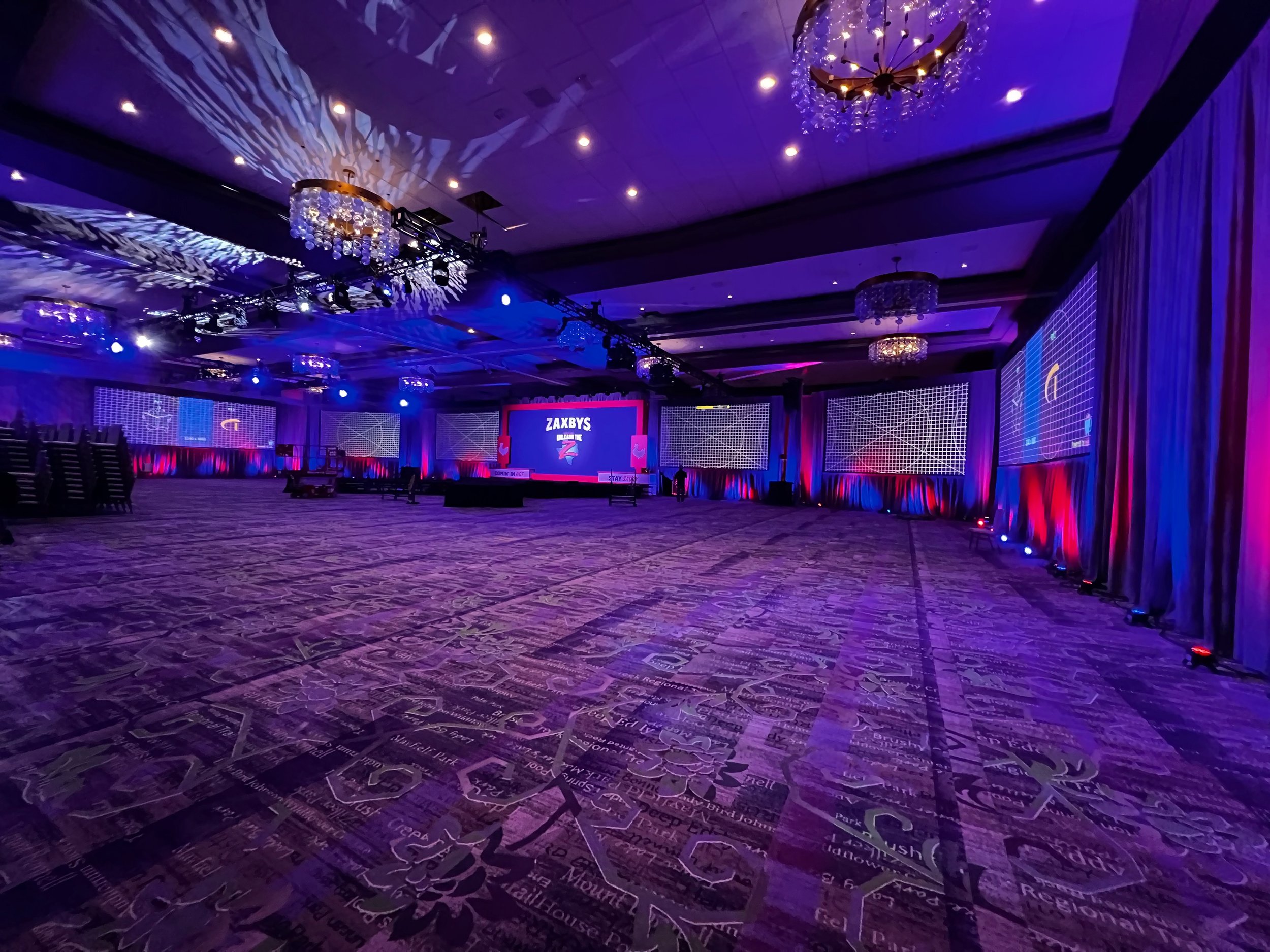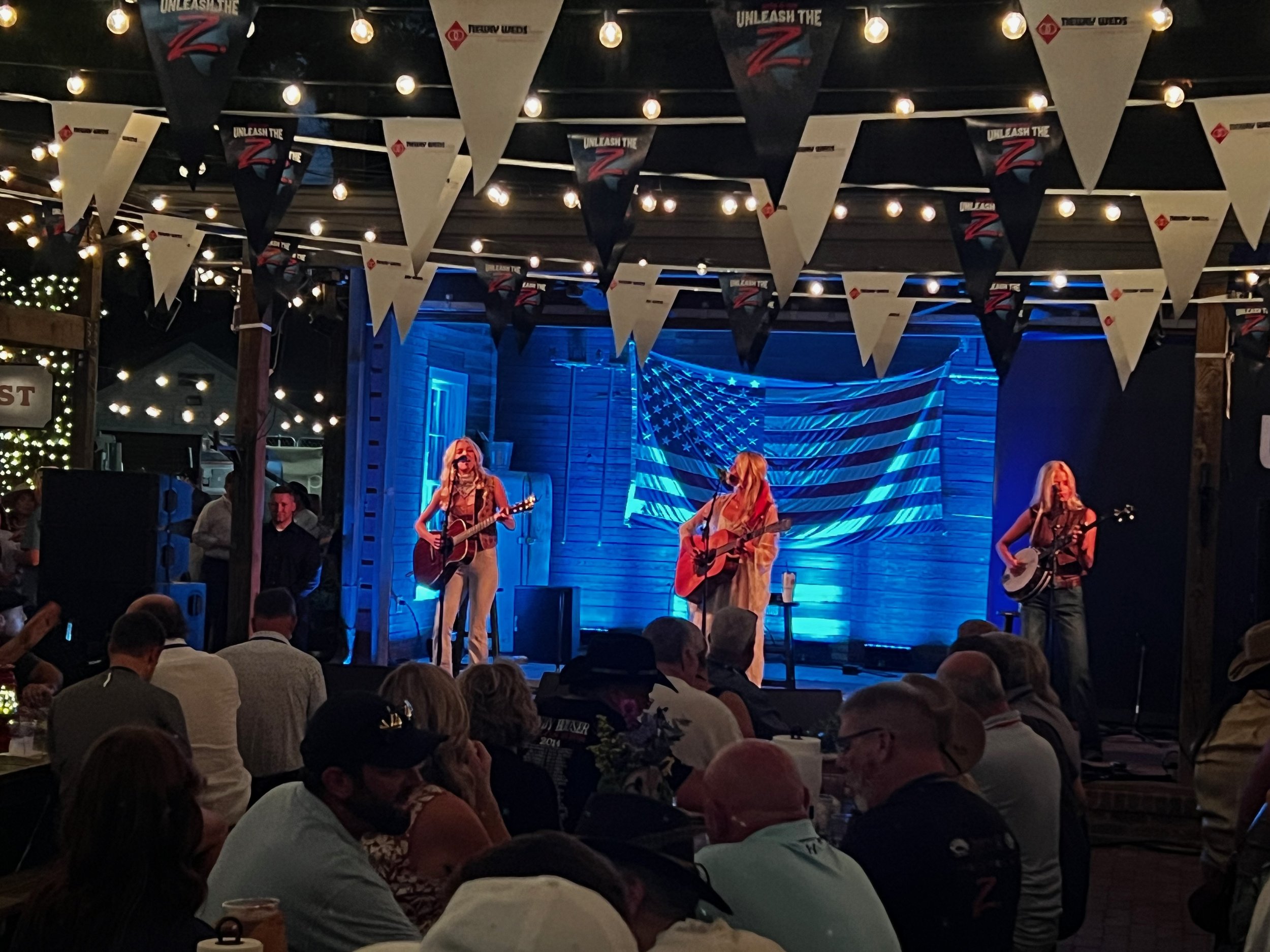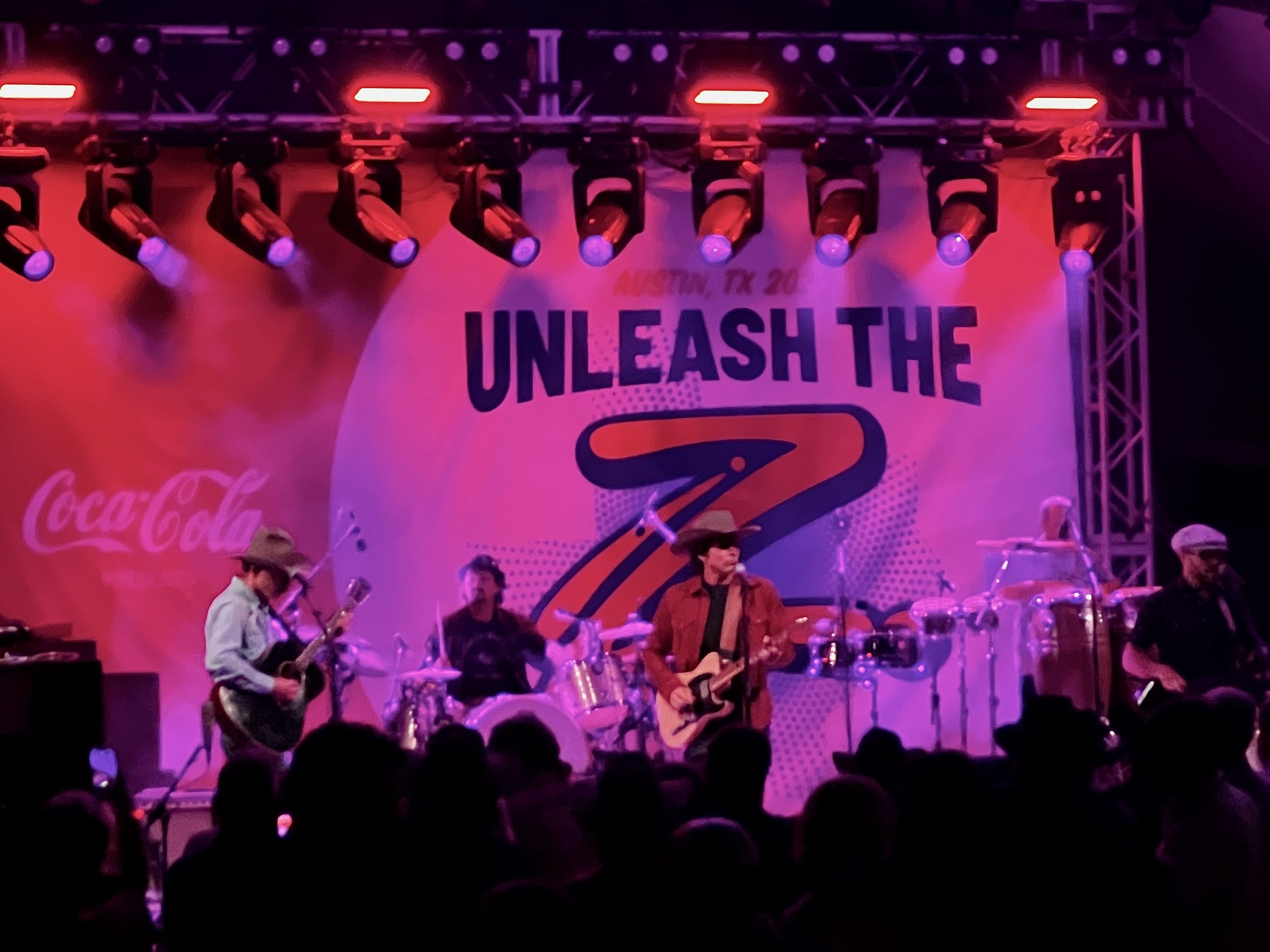
On-Site Show Management
On-site show management involves overseeing every detail of an event from setup to execution, ensuring a smooth and successful experience. Here are key components of effective on-site show management and direction:

Pre-Event Preparation
Rehearsals and Run-Throughs: Coordinate pre-show rehearsals to test AV equipment, lighting, and presentations. This ensures all technical elements work as planned and speakers feel comfortable.
Detailed Run Sheets: Create and distribute run sheets that detail the event’s timing, cues, and transitions to everyone involved.
Vendor Coordination: Ensure all vendors (catering, staging, AV, etc.) are on the same page, confirming arrival times, equipment needs, and roles
Live Event Management
Stage Management: Oversee the stage and manage cues for speakers, performers, and presentations, keeping everything on schedule and adjusting as needed.
Technical Direction: Collaborate with audio, visual, and lighting teams to deliver seamless transitions, and troubleshooting issues in real-time.
Speaker/Performer Support: Assist speakers and performers with any last-minute needs, whether it's AV adjustments, time checks, or backstage coordination.
Audience Engagement
Live Interaction: For virtual or hybrid events, manage live chat, Q&A sessions, and audience polling to ensure smooth interactions between presenters and attendees.
Real-Time Adjustments: Make on-the-fly adjustments in response to audience feedback, technical glitches, or any unforeseen issues.
Post-Event Wrap Up
Breakdown and Debrief: Oversee the breakdown of staging, AV equipment, and other assets. Conduct a debrief to capture feedback, challenges, and successes.
Follow-Up Reporting: Prepare a report summarizing the event's outcomes, audience feedback, and any metrics or KPIs achieved.






